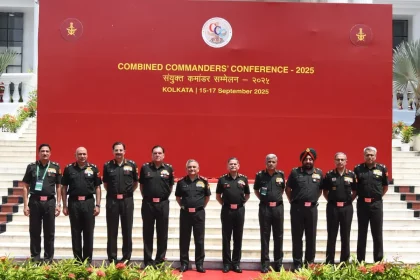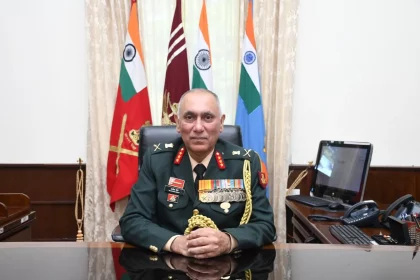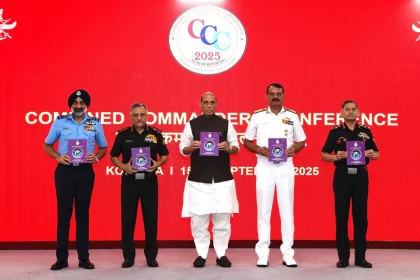Lt General Vivek Kashyap Takes Charge as Commandant of OTA Gaya
OTA Gaya is one of the premier pre-commissioning institutions of the Indian Army.
India to Establish First-Ever Joint Military Stations, Merge Defence Education Wings
This move is expected to optimise manpower, reduce duplication of resources, and strengthen joint operations.
Lieutenant General Manish Erry Takes Over as Commandant of DSSC, Wellington
Over the decades, DSSC has produced some of India’s most eminent military leaders, including Chiefs of Staff of the Army,…
Indian Navy Officer Sentenced to Imprisonment in 2010 Navy Exam Paper Leak Case
The court acquitted four other accused individuals.
General Upendra Dwivedi Reviews Combat Readiness at Likabali Military Station
General Dwivedi’s visit reaffirms the Indian Army’s commitment to maintaining high readiness and adaptability along its northeastern borders.
Army, Navy, Air Force Education Wings to Merge into Tri-Services Corps; Three Joint Military Stations Announced
Unified Education Branch and New Joint Stations to Drive Armed Forces Integration.






